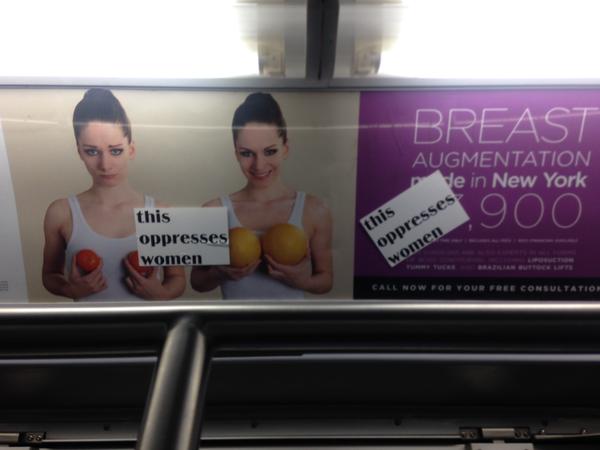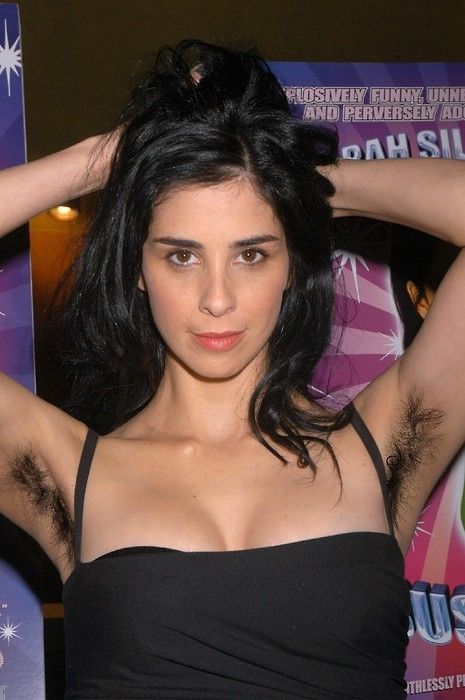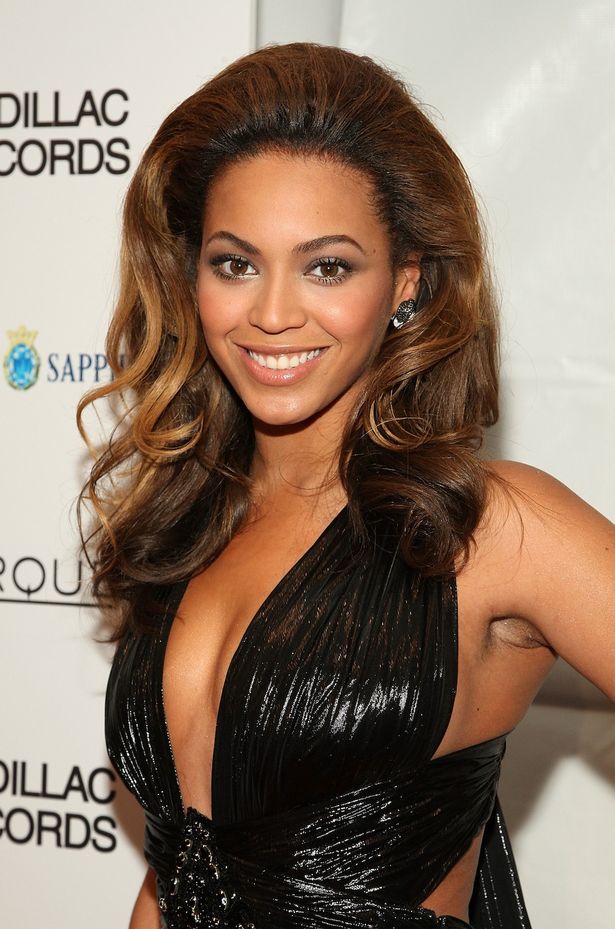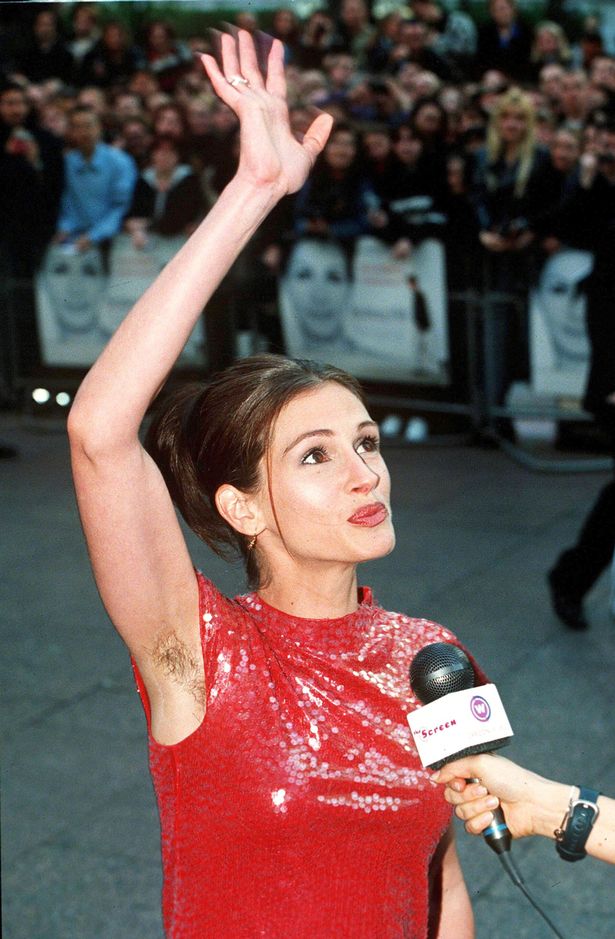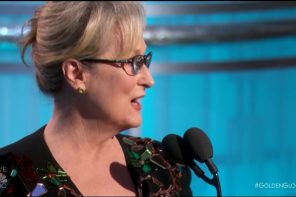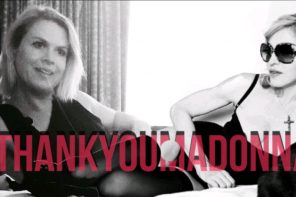We’ve all gone through times where we’ve hated our bodies. In fact most of the times I can remember where I loved my body are actually retrospective feelings. You look back on a photo and think, “Wow, I looked good there.” At the time you didn’t realize it because you were fixated on something that you wanted to fix. In the last few years more and more women are working to change these undercurrents of self-hating. There are tons of women working to empower us on the idea that our bodies may be much better than we give them credit for, and that we shouldn’t all try to conform to one standard of beauty.
This movement fits in with our highbrow lowbrow vide. We like to love ourselves! We also know this can be a challenge. Here are some movers and shakes in this movement.
Taryn Brumfitt considers the archetypes in before-and-after photos and what it means to transform your body to fit a mold in her upcoming documentary Embrace.
“It is really terrifying how often women descend into self hate because they don’t conform to the societal idea of a ‘perfect body.’ The most important lesson from Taryn Brumfitt’s message is: love your own body, because it’s the only one that you have.”
There’s a movement happening around the world to encourage girls and women to embrace their bodies.
In New York: “Some NYC residents have noticed “This Oppresses Women” stickers placed on top of various ads for “beach bodies,” “buttock enhancements” and breast augmentation on New York subway cars and in subway stations.”
This is happening in Australia: The Body Image Movement.
“Body Image Movement’s job is to harness and facilitate positive body image activism by encouraging women to be more accepting of who they are, to use positive language regarding their bodies and others, and to prioritise health before beauty. Our goal is to reach as many women as possible around the world and speak to them about how we can learn to fully embrace and love our bodies.”
The new trend in China, selfies with your armpit hair:
As the summer warms up, bringing with it sleeveless tops, Xiao Meili, a women’s rights advocate, is collecting photos of women’s armpits. Her goal: to challenge a growing belief in China that a woman must have hair-free armpits to be attractive.
“Men have more freedom in terms of what do with their bodies,” Xiao Meili, the Chinese advocate, told The New York Times. “I’m just saying if some people don’t want to shave, the rest of us should not think their underarm hair is disgusting, unhygienic, uncivil or not feminine enough.”
Women around the world have been following her lead, posting their own hairy pictures with hashtags like “#armpithairdontcare.”
We’ve seen celebrities embrace armpit hair as a statement too.
The cultural examination of how we define our beauty is impressing change in every industry. We see it here in the publishing industry:
“The result of that moment of inspiration, Only Ever Yours, a dark examination of notions of female beauty set in a future where girls are manufactured not born, became one of the most critically acclaimed young adult novels of recent years drawing comparisons with Margaret Atwood’s dystopian classic The Handmaid’s Tale and praised by everyone from Jeanette Winterson to Marian Keyes.
“I’d say that of the women I know only three or four aren’t affected in some way by the idea that they should look a certain way. Many women make a correlation between moral worth and weight and I really wanted to explore that. I didn’t set out to write a young adult novel when I wrote Only Ever Yours but I was in a way writing for myself at 16.”
Even advertisers are catching on. Last year more major brands started using models that more represent the average women.Calvin Klein caused a stir when they launched an underwear ad with a size 10 model, was she considered a plus size model?
“Calvin Klein — whose campaigns typically feature waif-like models — does not call Dalbesio plus-size. Dalbesio describes herself as falling between plus and a “straight size,” in the Elle.com interview.
“True body diversity doesn’t mean only sizes 0’s and 2’s then jumping to size 16 and up. There is a middle ground,” Delbasio told Elle.com.”
Here are some young women rocking the movement and holding the media accountable. Check this out:


